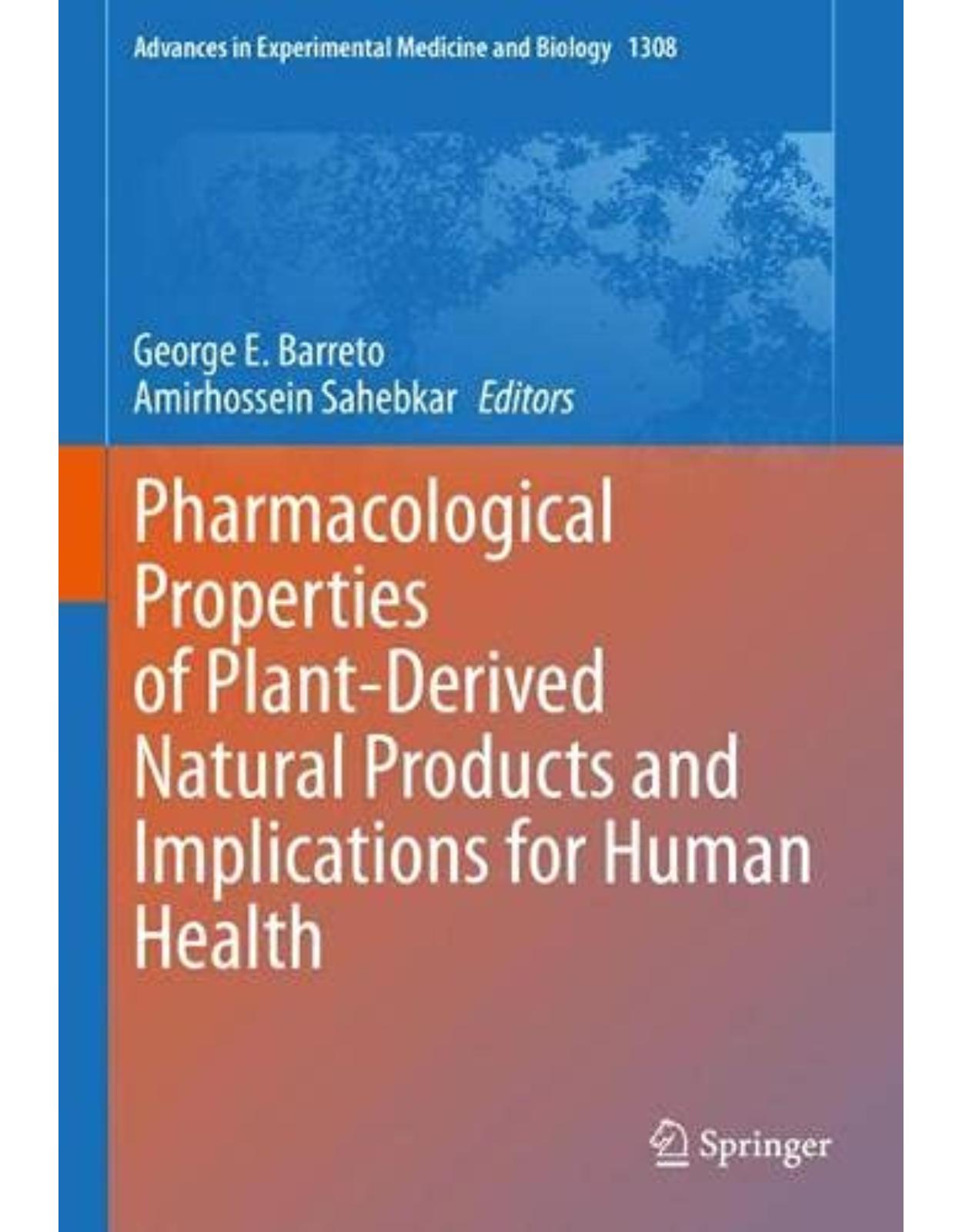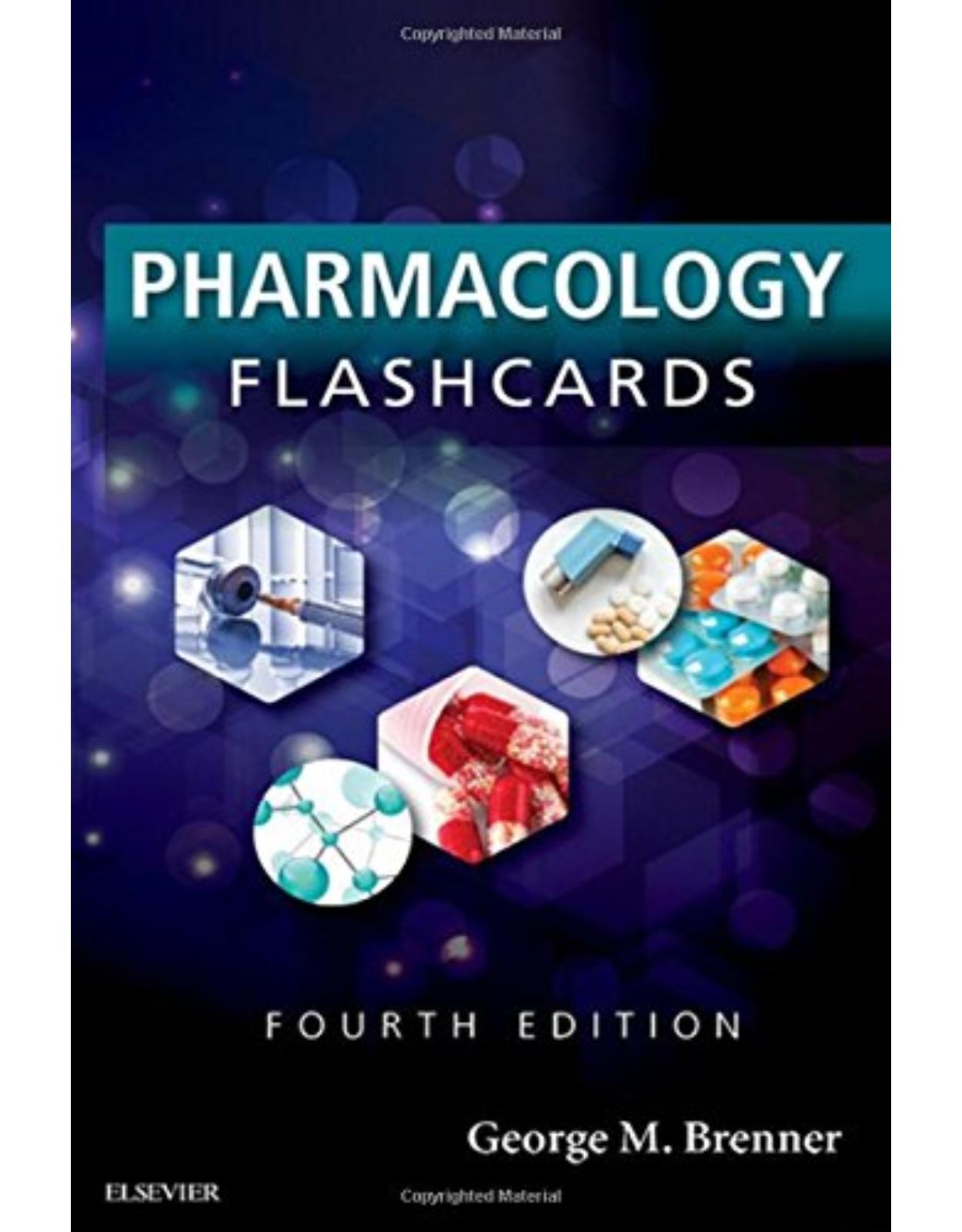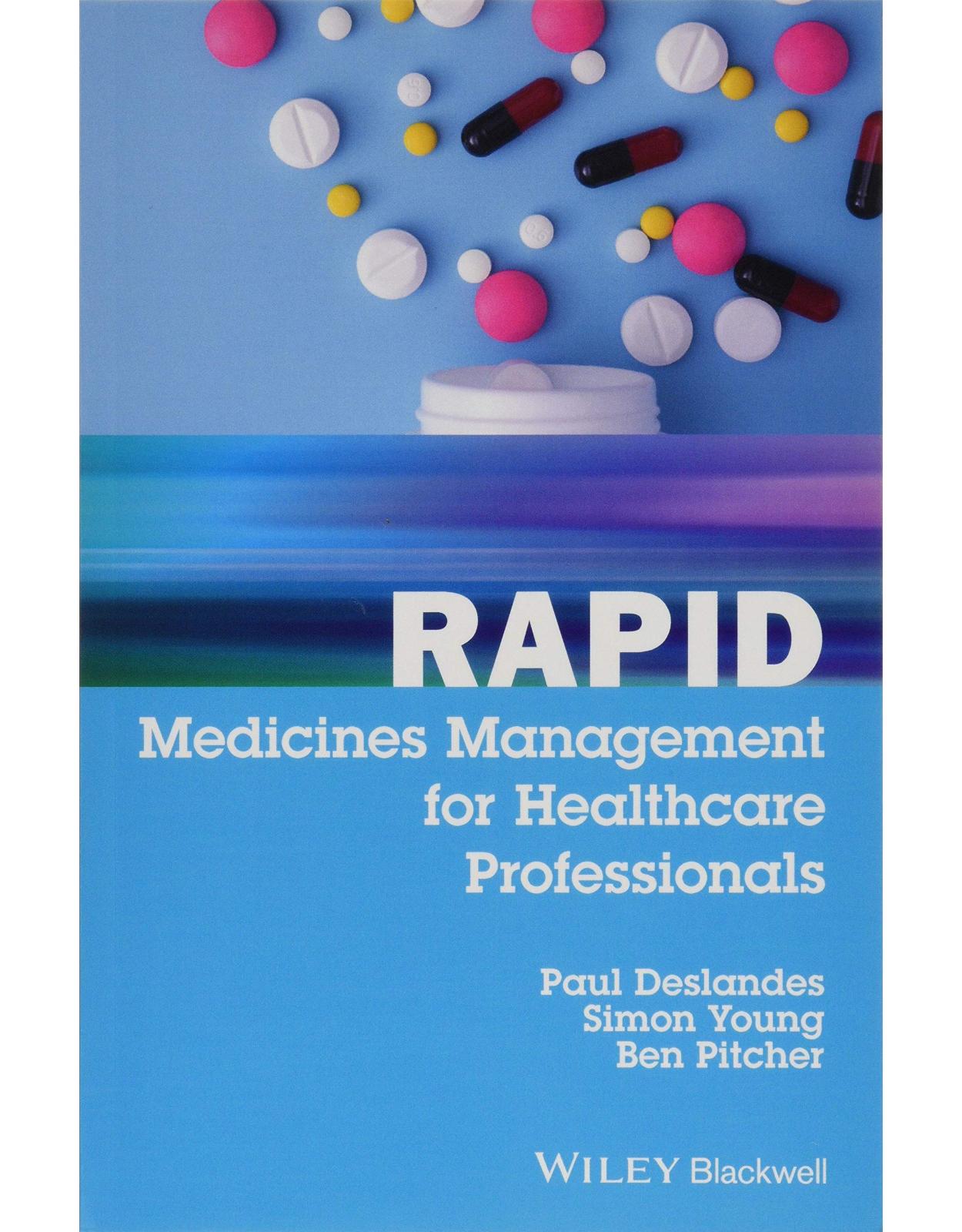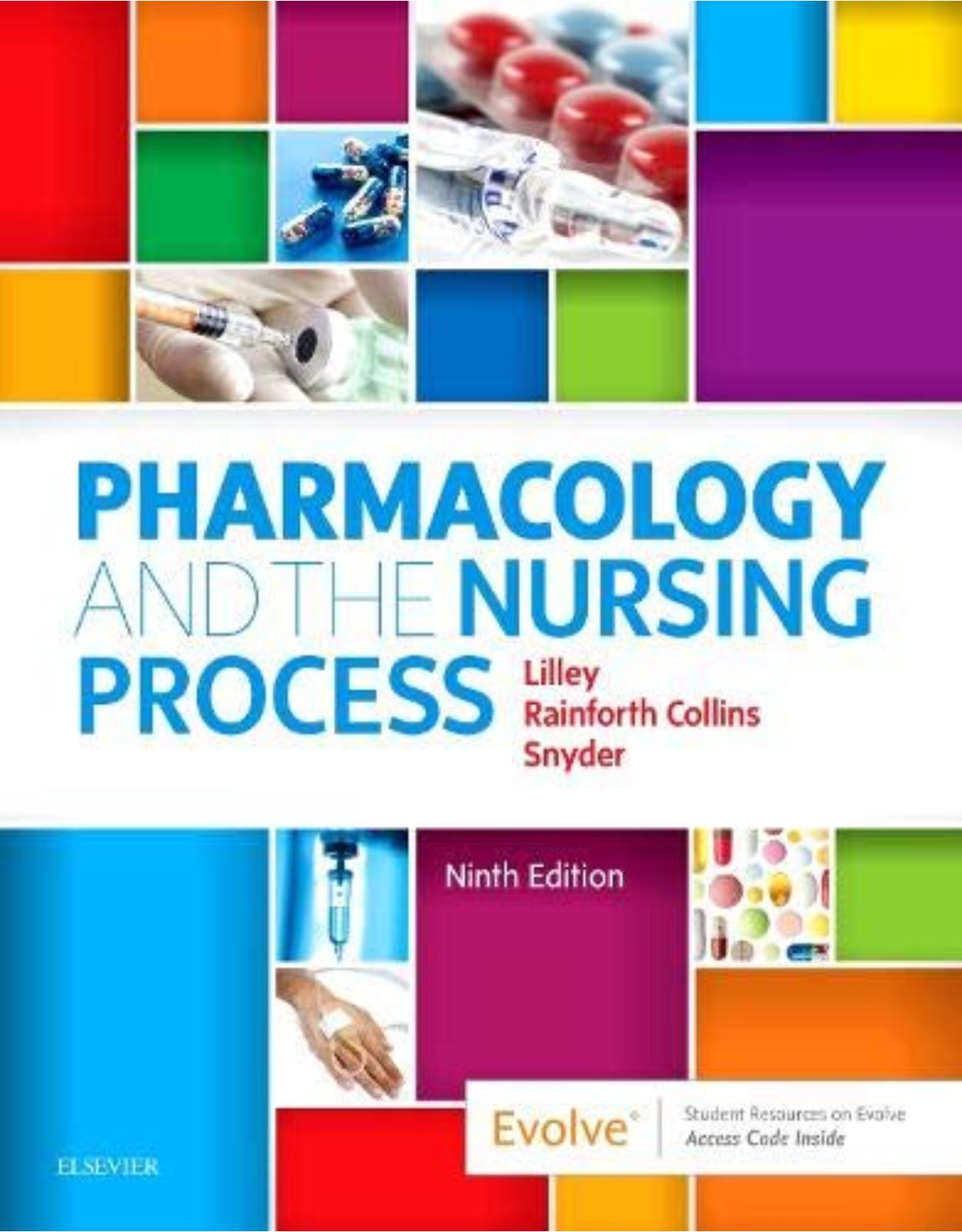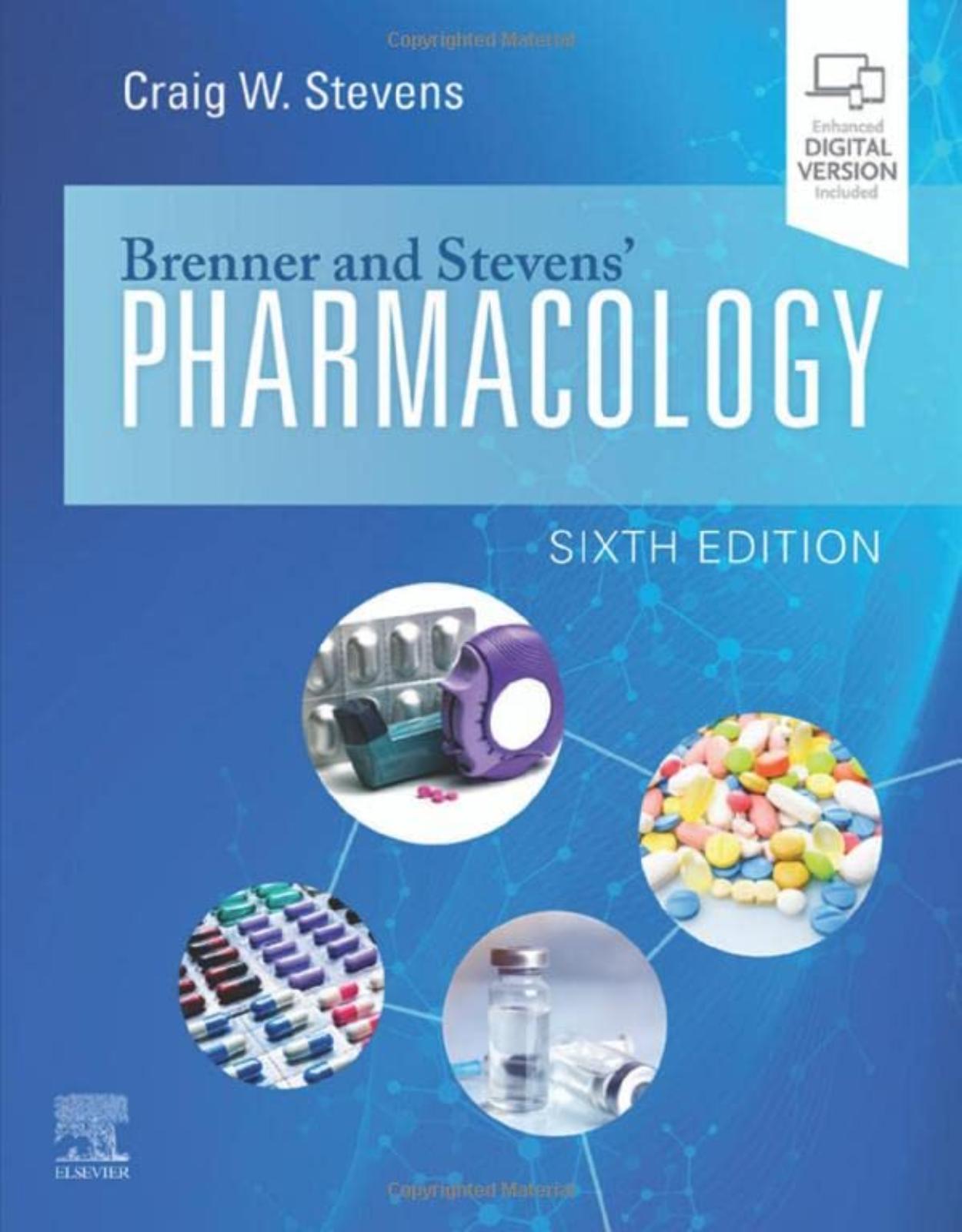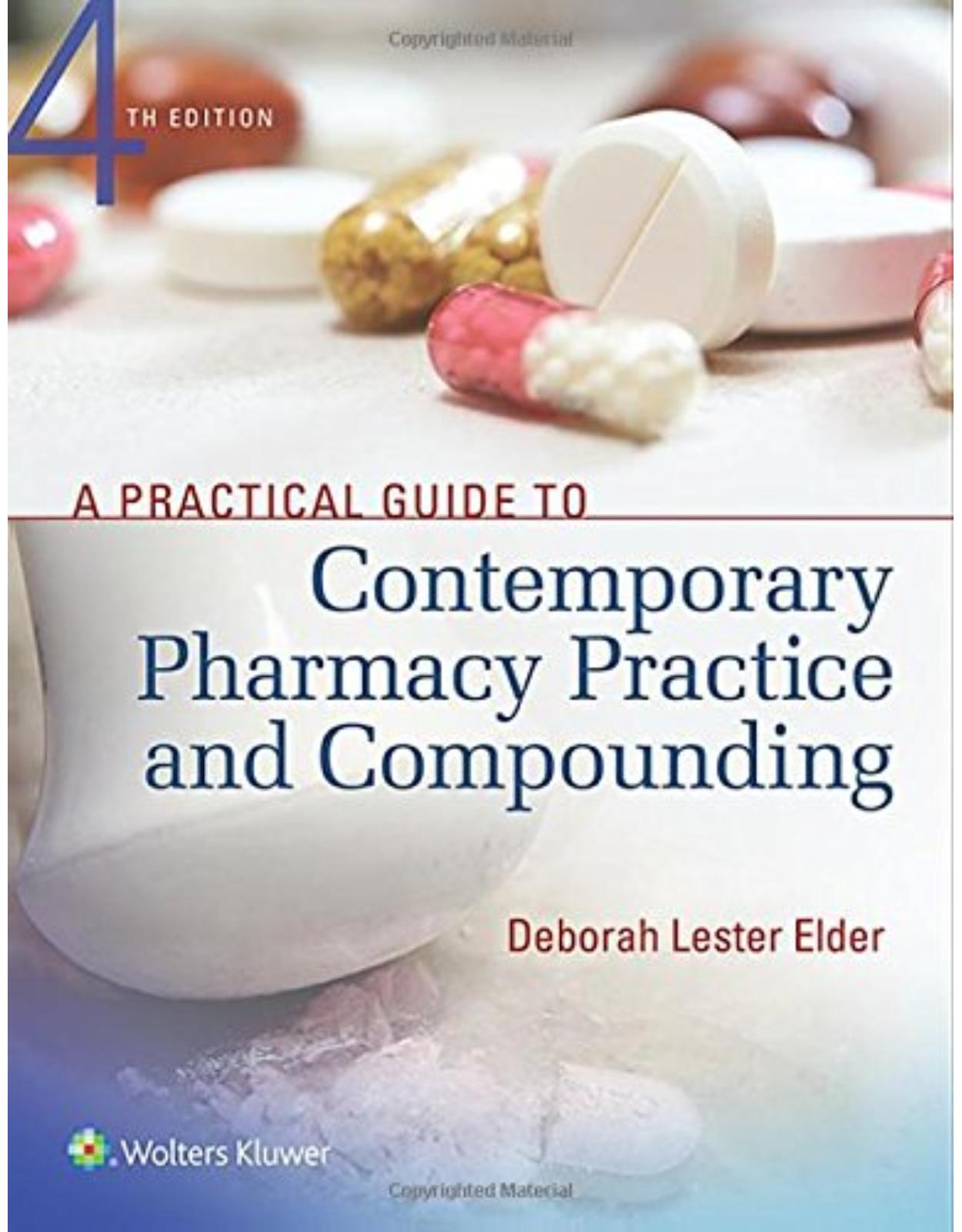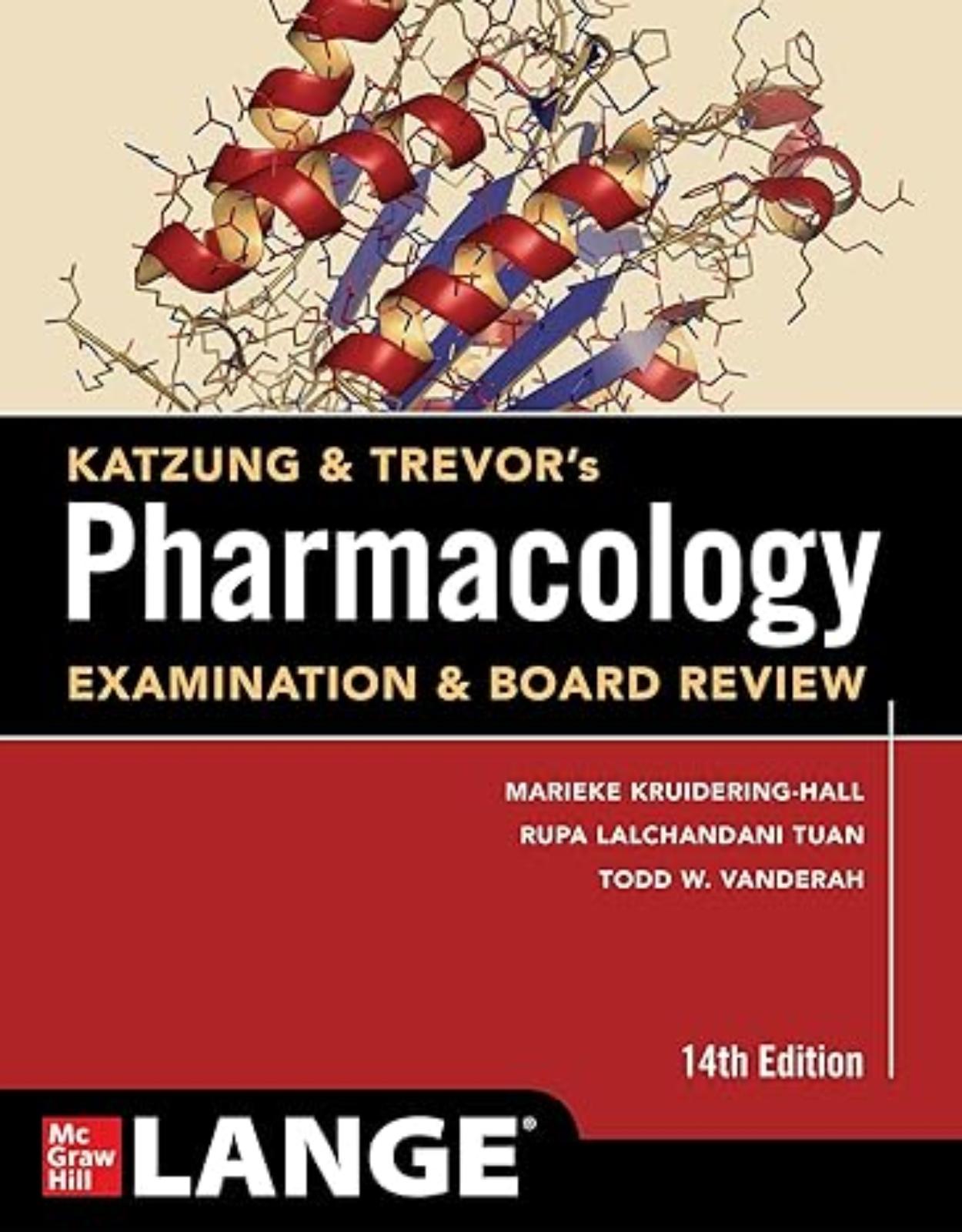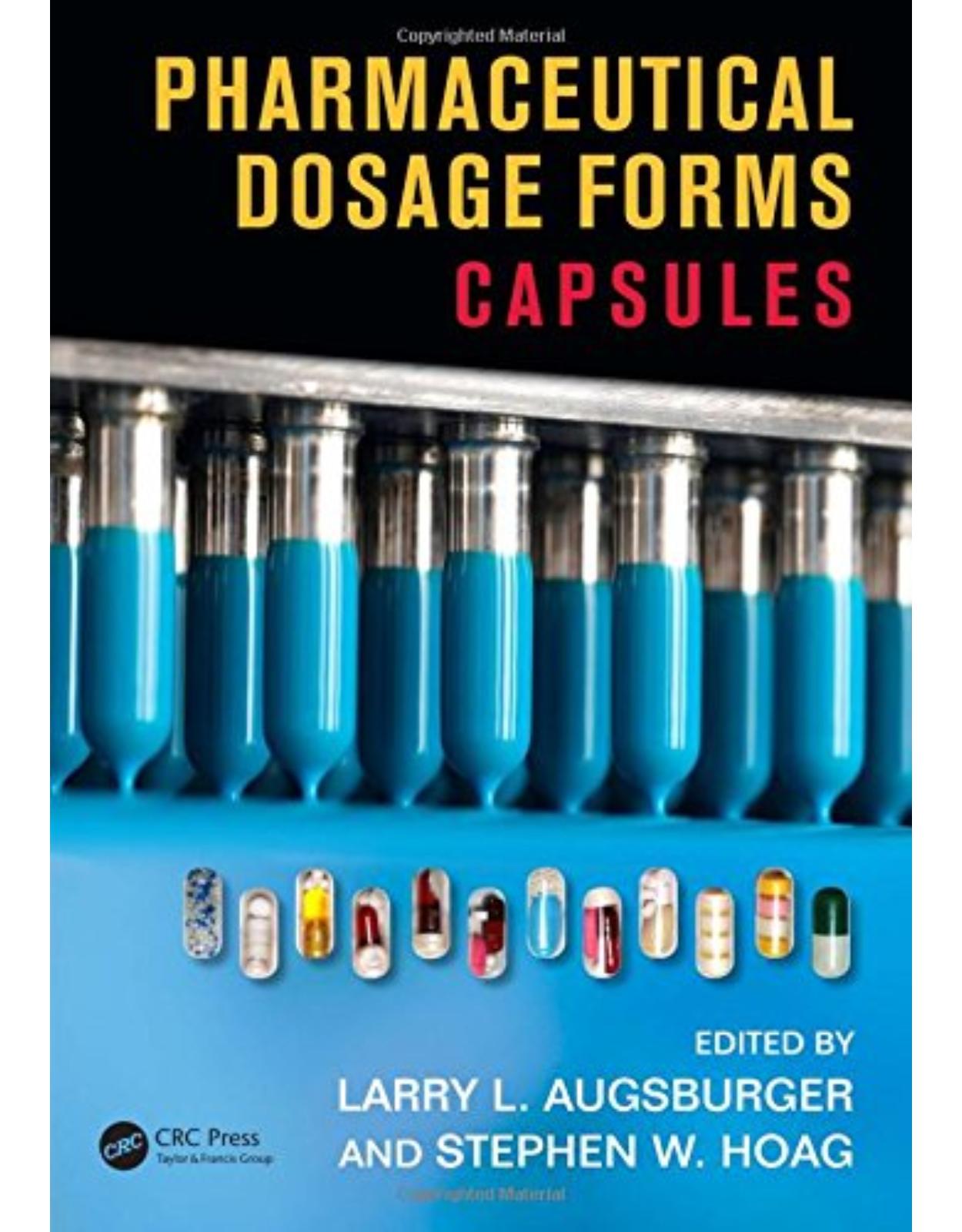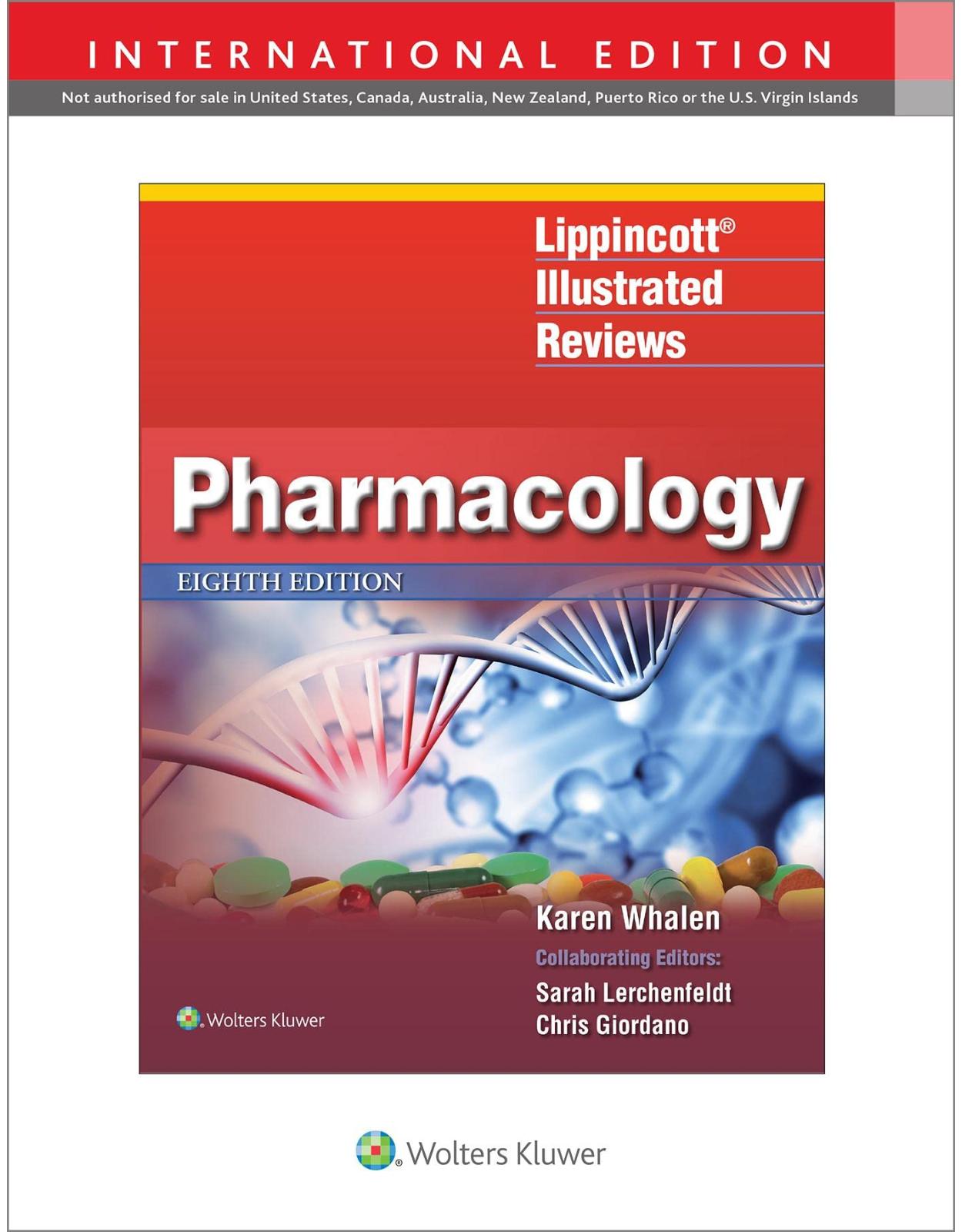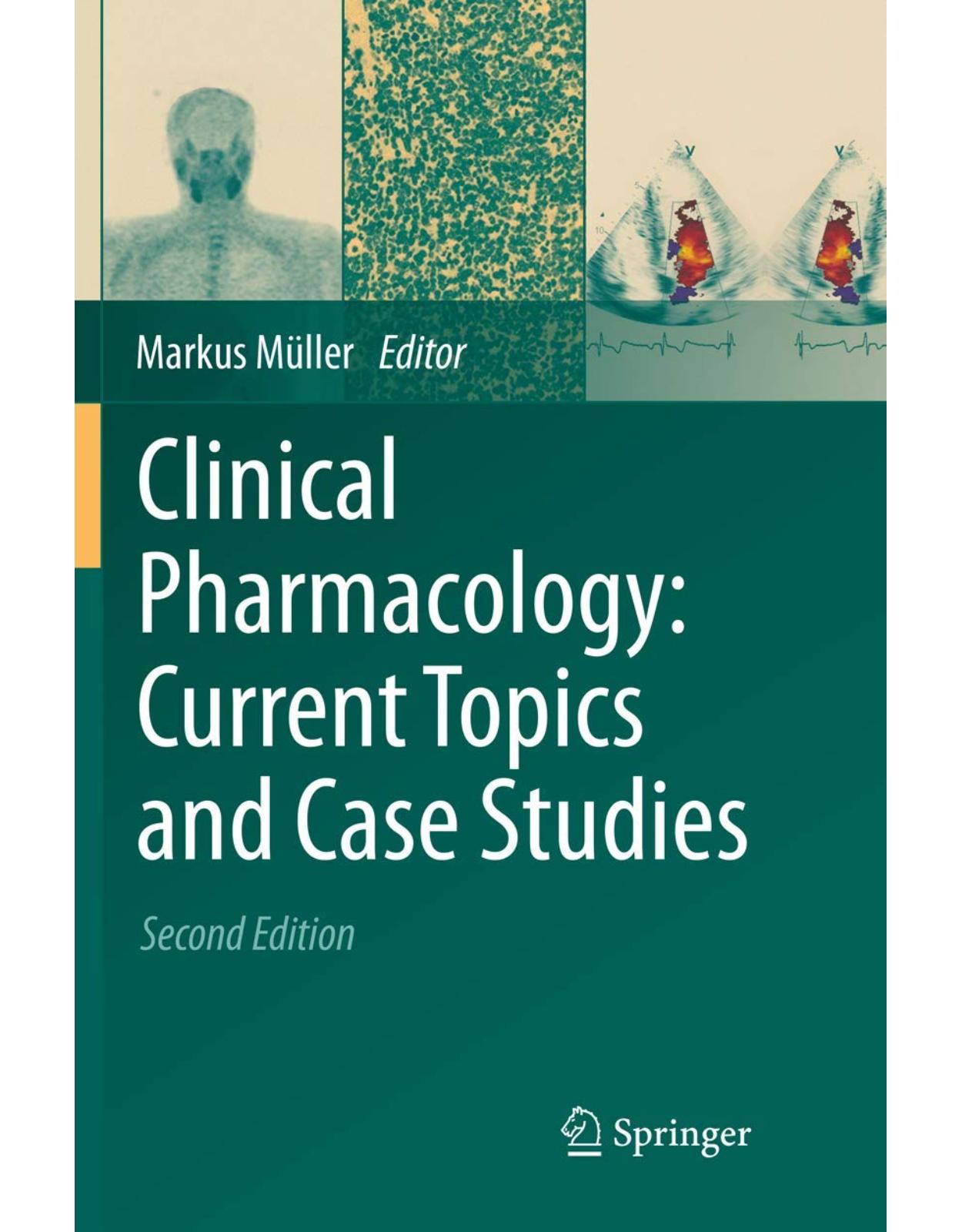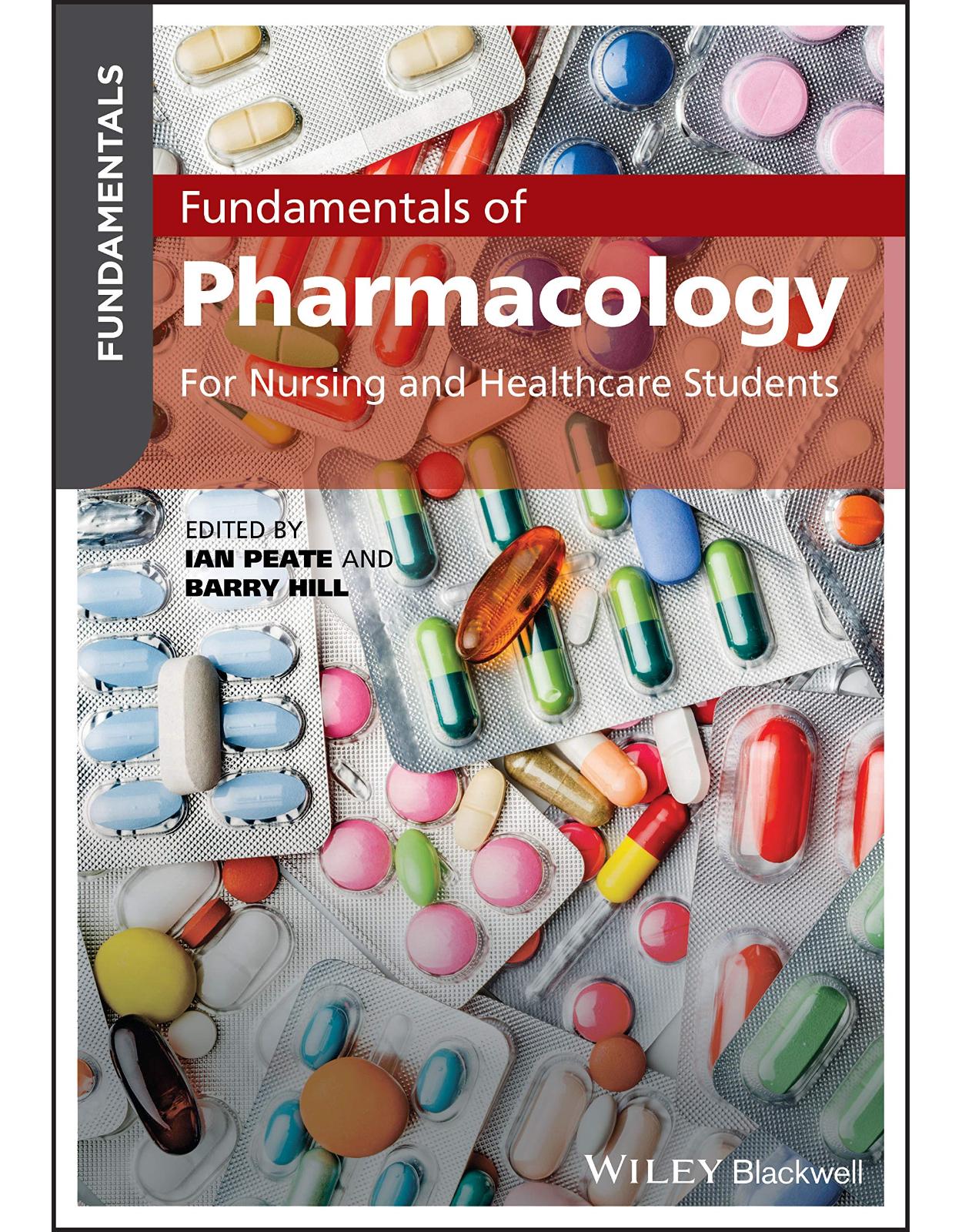
Fundamentals of Pharmacology: For Nursing and Healthcare Students
Livrare gratis la comenzi peste 500 RON. Pentru celelalte comenzi livrarea este 20 RON.
Disponibilitate: La comanda in aproximativ 4 saptamani
Autor: Barry Hill , Ian Peate
Editura: Wiley
Limba: Engleza
Nr. pagini: 560
Coperta: Paperback
Dimensiuni: 16.76 x 2.79 x 24.13 cm
An aparitie: 25 Feb. 2021
Description:
All registered nurses must have a thorough understanding and a strong knowledge of pharmacology, medicines administration, and the ability to recognise and react to the effects of medicines. Fundamentals of Pharmacology helps nursing and healthcare students develop the skills and confidence required to apply the fundamental principles of pharmacology and to offer safe, competent and compassionate care. Concentrating on the medicines that students are most likely to encounter in real-world practice, this textbook provides concise coverage of pharmacology, essential medicines management principles, legal and ethical issues, drug formulations, analgesics, immunisations, and much more.
Clinically focused chapters feature defined learning outcomes, multiple-choice questions, practical examples, and full-colour illustrations to aid readers’ comprehension of the complexities of pharmacology and care provision. The book utilises a straightforward, student-friendly approach to present ‘must-have’ information, with contributions from experienced clinicians and academics.
Describes how to use pharmaceutical and prescribing reference guides
Stresses the role and importance of compassionate care throughout
Contains a full range of pedagogical tools which enhance learning and recall
Aligns with current NMC Standards and Proficiencies for Registered Nurses and Nursing Associates
Supplemented and supported by a wealth of online extras and resources
Fundamentals of Pharmacology is essential reading for all nursing students, trainee nursing associates, post-registration nurses taking ‘nurse prescribing’ or ‘non-medical prescribing’ modules, and newly qualified nurses and nursing associates looking to better understand pharmacology.
Table of Contents:
Chapter 1: Introduction to pharmacology
Aim
Introduction
Patient assessment
The Code of Conduct
The Nursing and Midwifery Council's Standards of Proficiency
Medicine management and standards
Medicines optimisation
Patient beliefs and medicines
Conclusion
Glossary
References
Further reading
Multiple choice questions
Chapter 2: How to use pharmaceutical and prescribing reference guides
Aim
Introduction
The British National Formulary
Online and mobile application BNF
MIMS (Monthly Index of Medical Specialities)
Electronic Medicines Compendium
What can be prescribed on an NHS prescription?
The Drug Tariff
Other guides to prescribing
The evidence base to prescribing: prescribing guidelines
NICE prescribing guidance
Scottish Intercollegiate Guidelines Network (SIGN)
Conclusion
References
Further reading
Multiple choice questions
Chapter 3: Legal and ethical issues
Aim
Introduction
The law
Ethical principles and theories
Regulatory bodies
Research
Conclusion
References
Further reading
Multiple choice questions
Find out more
Chapter 4: Medicines management and the role of the healthcare provider
Introduction
Medicines management
Manufacturing, marketing, and procurement and sale
Selection
Supply
Prescribing
Handling and administration
Special consideration: Controlled drugs and critical medications
Groups requiring special considerations
Monitoring for side effects
Medicine optimisation
Safety in medicines management
Storage and disposal
Conclusions
References
Further reading
Multiple choice questions
Chapter 5: Pharmacodynamics and pharmacokinetics
Aim
Introduction
Royal Pharmaceutical Society
The Nursing and Midwifery Council
Pharmacokinetics
Pharmacokinetic principles (the ADME process)
Phase 1: Absorption
Phase 2: Distribution
Phase 3: Metabolism (Biotransformation)
Phase 4: Elimination
An example of the pharmacokinetics of aspirin
Routes of drug administration
Pharmacodynamics
Agonists and antagonists
Drug potency and efficacy
Therapeutic index
Adverse effects
Conclusion
References
Multiple choice questions
Chapter 6: Drug formulations
Aim
Introduction
Tablets
Buccal/sublingual
Oral
Topical
Rectal
Vaginal
Inhalation
Injection routes
Conclusion
References
Further reading
Multiple choice questions
Chapter 7: Adverse drug reaction
Definition – what is an adverse drug reaction
The prevalence of adverse reactions
The ABCDE classification of adverse reactions
The signs and symptoms of adverse effects
Physical signs of an adverse drug reaction may include the following
Adverse reaction diagnosis and management
Reporting incidents of adverse drug reactions
Conclusion
References
Further reading
Multiple choice questions
Chapter 8: Analgesics
Aim
Introduction
Pain pathways
Definitions and categories of pain
Importance of individualised pain assessments
Assessment tools
Multimodal management strategies
Pharmacological management
Non‐opioids
Non‐steroidal anti‐inflammatories (NSAIDs)
Opioid agonists
Codeine phosphate
Dihydrocodeine
Tramadol
Morphine
Fentanyl
Adjuvants and co‐analgesics – gabapentinoids
Inhalation analgesics
Local and regional anaesthesia
Conclusion
References
Multiple choice questions
Find out more
Chapter 9: Antibacterials
Introduction
Language and terminology
Antibacterial mechanisms of action
Choosing the right treatment
Antimicrobial resistance
Antibacterials by action
Beta‐lactams
Protein synthesis interference
Tetracyclines
Chloramphenicol
Aminoglycosides
Macrolides
Lincosamides
Conclusion
References
Further reading
Multiple choice questions
Find out more
Chapter 10: Medications used in the cardiovascular system
Aim
Introduction
Medications used in the management of cardiovascular diseases
Atheroma and the hyperlipidaemias
Medications used to regulate lipids: Antihyperlipidaemic medications
Statins: HMG‐CoA reductase inhibitors
Inhibitors of cholesterol absorption
Fibrates
Bile‐acid‐binding resins: Cholesterol absorption inhibitors
PCSK9 inhibitors
Alternatives to statins
Medications used in management of hypertension
Medications used to manage hypertension
Angiotensin‐converting enzyme inhibitors (ACEi)
Calcium channel blockers (CCBs)
Diuretics
Loop diuretics
Thiazide diuretics
Potassium‐sparing diuretics
Angiotensin receptor blockers (ARBs)
Beta‐adrenoceptor antagonists (beta‐blockers)
Alpha‐adrenergic blockers: Alpha blockers
Vasodilators
Central acting agents
Direct renin inhibitors (DRIs)
Medications used in managing ischaemic heart disease
Isosorbide dinitrate and isosorbide mononitrate
Potassium channel activators
Medications used for cardiac arrhythmias
Disorders of heart rhythm and rate
Amiodarone
Digoxin
Magnesium sulphate
Arrhythmias due to conduction defects
Atropine sulphate
Medications used in the management of heart failure
Medications used in heart failure
Mineralocorticoid receptors antagonist (MRAs)
Reducing the workload of the heart
Hyperpolarisation‐activated cyclic nucleotide‐gated (HCN) channel blockers
Angiotensin receptor neprilysin inhibitors
Optimising contractility of the heart
Medications that affect haemostasis
Antiplatelet medications
Clopidogrel, Prasugrel and Ticagrelor
Dipyridamole
Glycoprotein 11b/111a inhibitors
Anticoagulants
Heparin
Low molecular weight fragments of heparin (LMWH)
Vitamin K inhibitors
Direct‐acting oral anticoagulants (DOACs)
The thrombolytics
Medications used in peripheral vascular disease
Pharmacological interventions: The future
Conclusion
References
Further reading
Multiple choice questions
Chapter 11: Medications and the renal system
Aim
Introduction
Anatomy and physiology of the renal tract
Common renal conditions
Drug‐induced renal damage
Drug classes that act upon the renal system
Drugs used to treat fluid retention
Drugs used to treat electrolyte disorders
Drugs used to treat urinary retention and urinary incontinence
Drugs and dialysis
Conclusion
References
Further reading
Multiple choice questions
Find out more
Chapter 12: Medications and diabetes mellitus
Aim
Introduction
HbA1c
Blood glucose measurements
Diagnosis and signs and symptoms
Individual assessment
Oral medications
Insulin
Conclusion
References
Further reading
Multiple choice questions
Chapter 13: Medications and the respiratory system
Aim
Introduction
Anatomy and physiology of the respiratory tract
Common respiratory conditions
Classes of respiratory drugs
Oxygen therapy
Bronchodilators
β2 adrenoceptor agonists
Muscarinic receptor antagonists
Xanthines
Corticosteroids
Immune modulators
Mast cell stabilisers
Leukotriene receptor antagonists
Mucolytics
Conclusion
References
Further reading
Multiple choice questions
Find out more
Chapter 14: Medications and the gastrointestinal system
Aim
Introduction
Gastroesophageal reflux disease
Peptic ulcer disease
Nausea and vomiting
Gut motility and defaecation
Constipation
Diarrhoea
Inflammatory bowel disease
Ulcerative colitis
Crohn's disease
Conclusion
References
Further reading
Multiple choice questions
Chapter 15: Medications used in cancer
Aims
Introduction
Cancer
Chemotherapies
Side effects of chemotherapy
Prescription and administration of chemotherapy
Immunotherapies in treating cancer
The use of immunotherapy
Side effects of immunotherapy
Corticosteroid use in cancer
Side effects of Corticosteroids
Conclusion
Glossary
References
Further reading
Chapter 16: Medications and the nervous system
Aim
Introduction
Epilepsy
Parkinson's disease
Strokes
Multiple sclerosis
Disease‐modifying drugs
Conclusion
References
Further reading
Multiple choice questions
Chapter 17: Medications used in mental health
Aim
Antidepressants
Antipsychotics
Mood stabilisers
Anticonvulsants
Anxiolytics and hypnotics
Drugs for dementia
References
Further reading
Multiple choice questions
Chapter 18: Immunisations
Introduction
Ethics
Immunity
How vaccines work
The Green Book
Storage
Contraindications
Patient group direction/patient specific direction
Conclusion
References
Further reading
Normal Values
Answers
Index
End User License Agreement
| An aparitie | 25 Feb. 2021 |
| Autor | Barry Hill , Ian Peate |
| Dimensiuni | 16.76 x 2.79 x 24.13 cm |
| Editura | Wiley |
| Format | Paperback |
| ISBN | 9781119594666 |
| Limba | Engleza |
| Nr pag | 560 |
-
52200 lei 49700 lei

